Mahindra & Mahindra has introduced two electric SUVs, the XEV 9e and BE 6e, as part of its ‘Electric Origin’ series.
Snapshot
- Built on the INGLO platform, the SUVs feature rear-mounted motors with outputs of 170kW or 210kW
- Battery sizes of 59kWh or 79kWh deliver ranges between 535u2013682km (BE 6e) and 542u2013656km (XEV 9e)
- Indian deliveries begin in early 2025, with prices starting from ~AUD $35K
- Mahindra has not confirmed an Australian release but plans to provide updates in the future
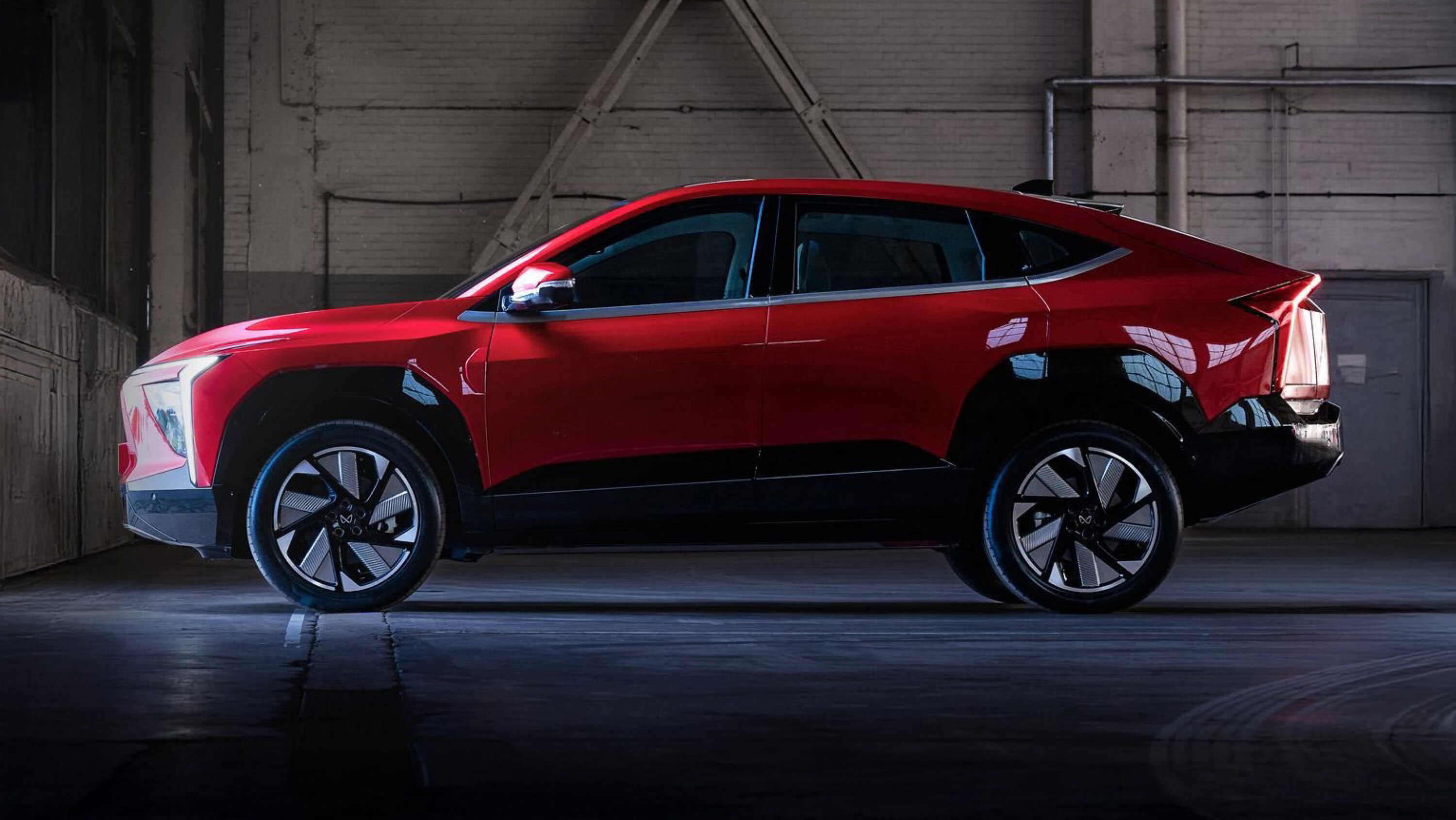
As India-focused models, these two EVs could prove critical in the country’s efforts to expand the presence of electric vehicles.
EV sales there have grown significantly, reaching around 1.9 million units between November 2023 and October 2024 – but, given the size of the Indian market, EVs still only represent about 2% of its 4 million annual car sales.
The Indian government aims to increase this share to 30% by 2030.
Dimensions and Platform
The two new Mahindra EVs share a wheelbase of 2775mm and a width of 1907mm.
The XEV 9e measures 4789mm in length and 1694mm in height, while the BE 6e is 4371mm long and 1627mm tall.
For local context, the Hyundai Ioniq 5, a midsize-to-large electric SUV, has a wheelbase of 3000mm, a length of 4635mm, a width of 1890mm, and a height of 1605mm. 
The Tesla Model Y, another competitor, features a wheelbase of 2875mm, a length of 4694mm, a width of 1933mm, and a height of 1443mm.
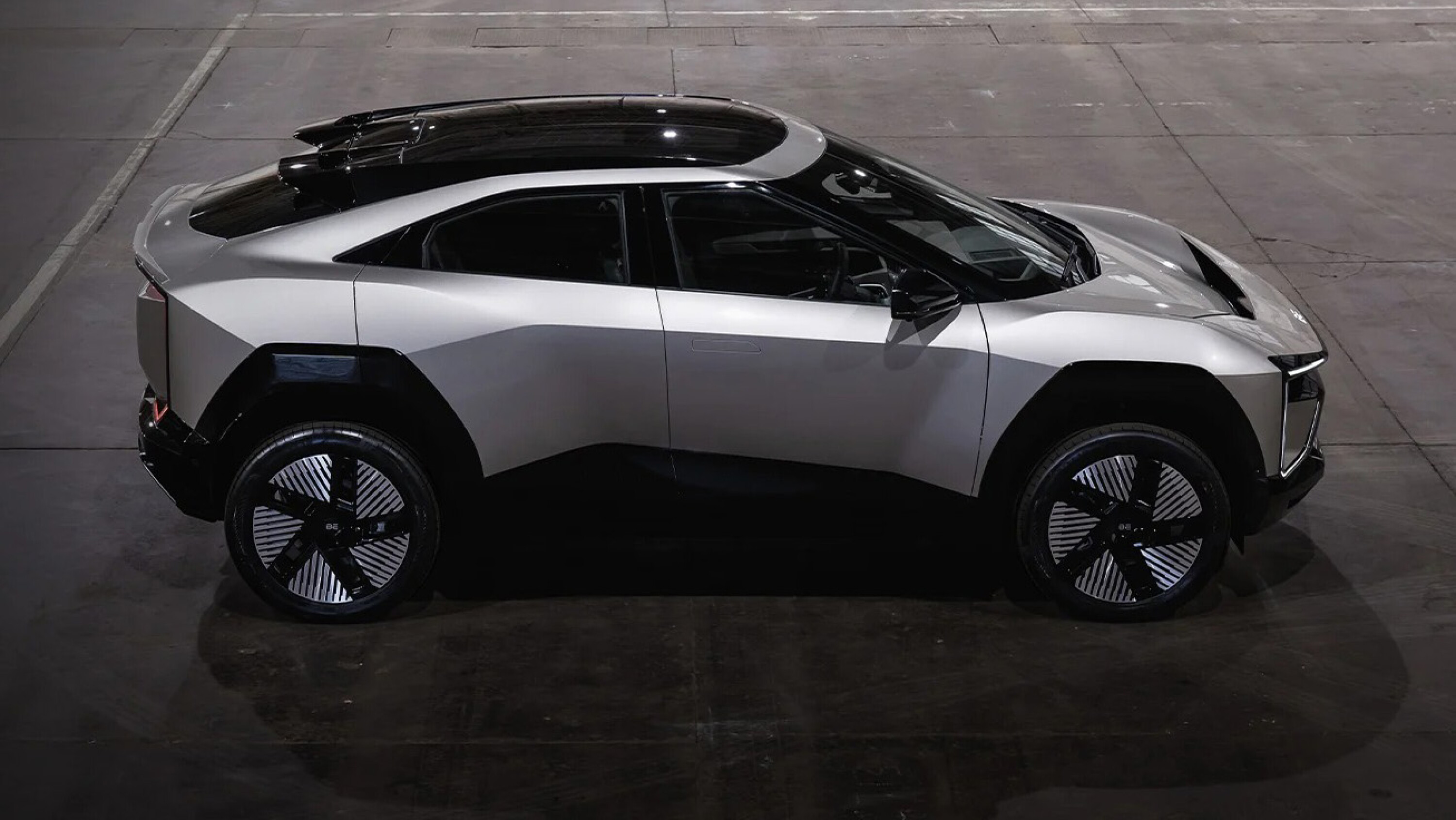
Powertrain and Performance
Each of the new Mahindra EVs is equipped with a rear-mounted electric motor, offering power outputs of 170kW or 210kW, delivering 380Nm of torque.
Battery options include 59kWh and 79kWh packs.
Mahindra says the BE 6e will rip from zero to 100 km/h in 6.7 seconds, followed closely by the XEV 9e at 6.8 seconds.
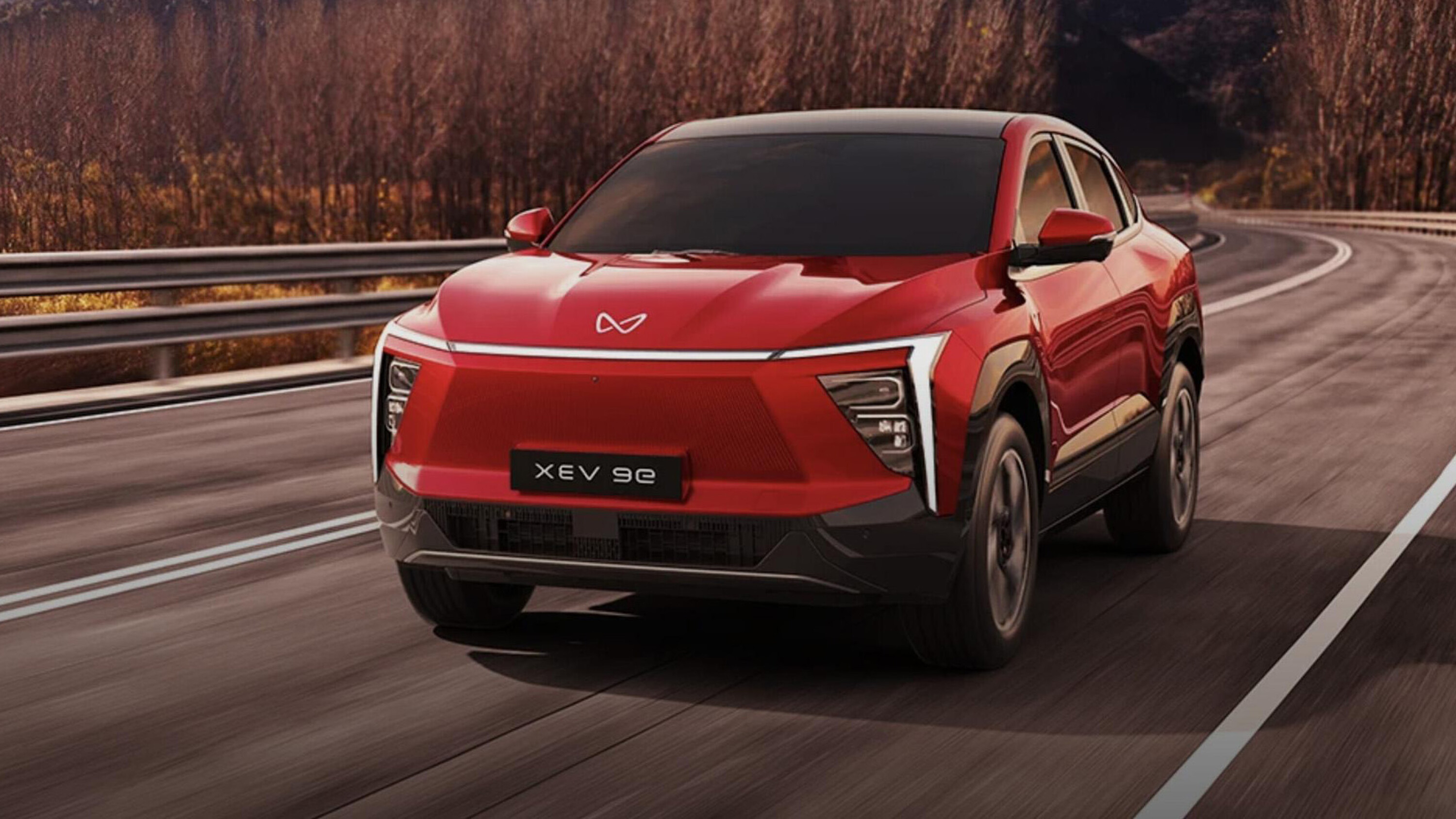
Range and charging
The BE 6e claims a driving range between 535km and 682km, while the XEV 9e offers between 542km and 656km, depending on battery size.
It should be noted that these figures are based on India’s MIDC combined test cycle, which is generally considered less stringent and thus more generous than the WLTP system used in Europe – and increasingly promoted in new-model marketing for Australian-delivered cars.
Both models support AC charging up to 11kW and DC fast charging up to 175kW.
Key Points About MIDC
Laboratory-Based: Like other test cycles, MIDC figures are derived under controlled lab conditions, which often result in optimistic efficiency and range claims.
Urban Focus: The test cycle simulates urban and suburban driving scenarios, making it less comprehensive for high-speed or long-distance driving conditions.
Higher Claims: Vehicles tested under MIDC often show higher fuel efficiency or electric range figures than real-world performance due to its less demanding parameters.
Comparisons to Other Standards
WLTP: Introduced to replace the older NEDC, the WLTP provides more realistic figures by accounting for various driving conditions, including urban, suburban, and highway scenarios.
EPA: Used primarily in the United States, the EPA test is considered among the most stringent and reflective of real-world usage.
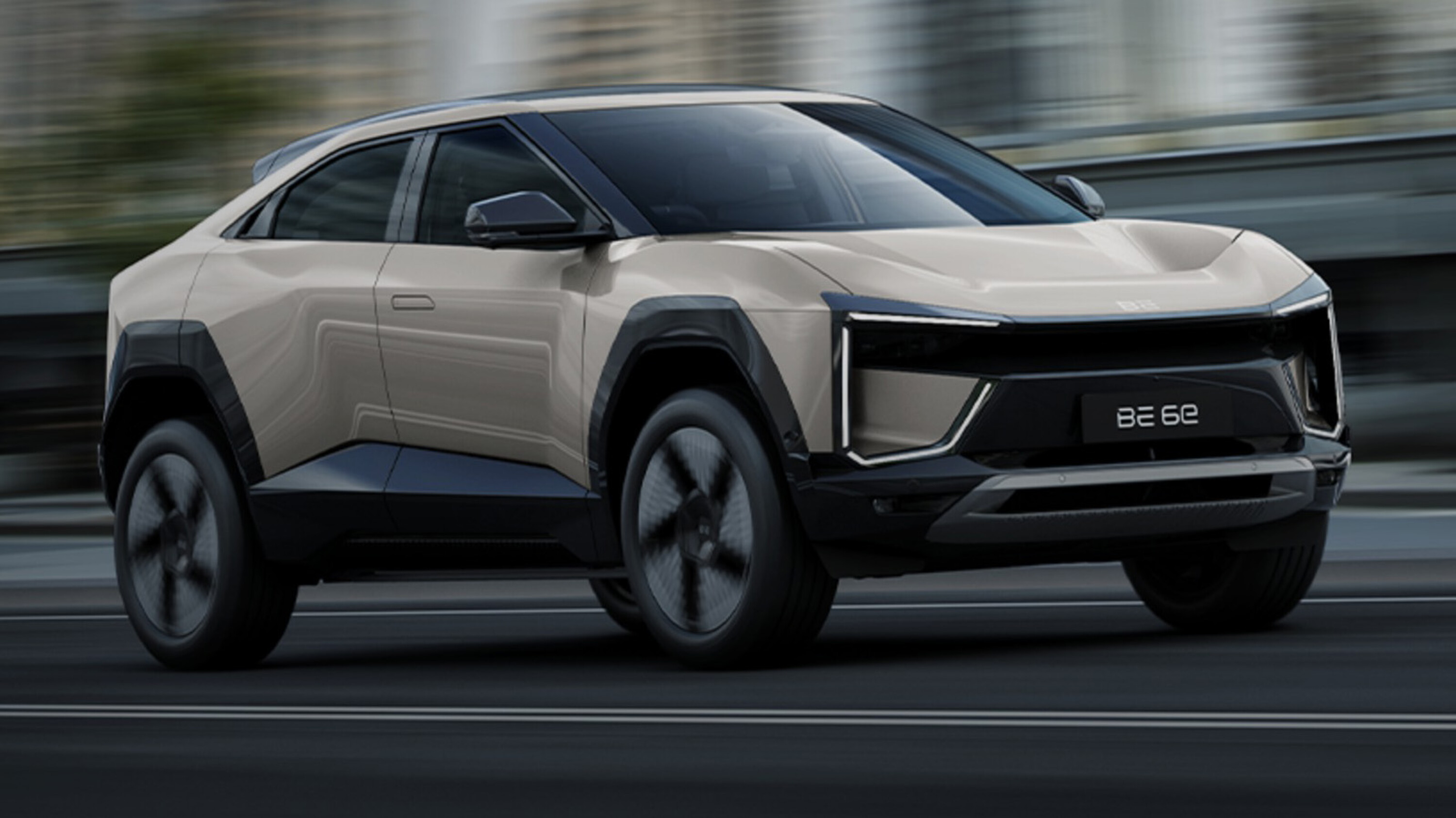
Chassis and suspension
The XEV 9e and BE 6e are equipped with MacPherson struts up front and five-link independent rear suspension with semi-active dampers to automatically adjust for ride comfort.

Interior features
The XEV 9e’s cabin boasts three 12.3-inch displays to form a 43.3-inch widescreen view, integrating the digital instrument cluster, infotainment system, and a passenger screen.
The BE 6e sticks with ‘just’ two screens, again measuring 12.3 inches each.
Both models offer a 16-speaker Harman Kardon sound system and three interior themes: calm, cozy, and club.
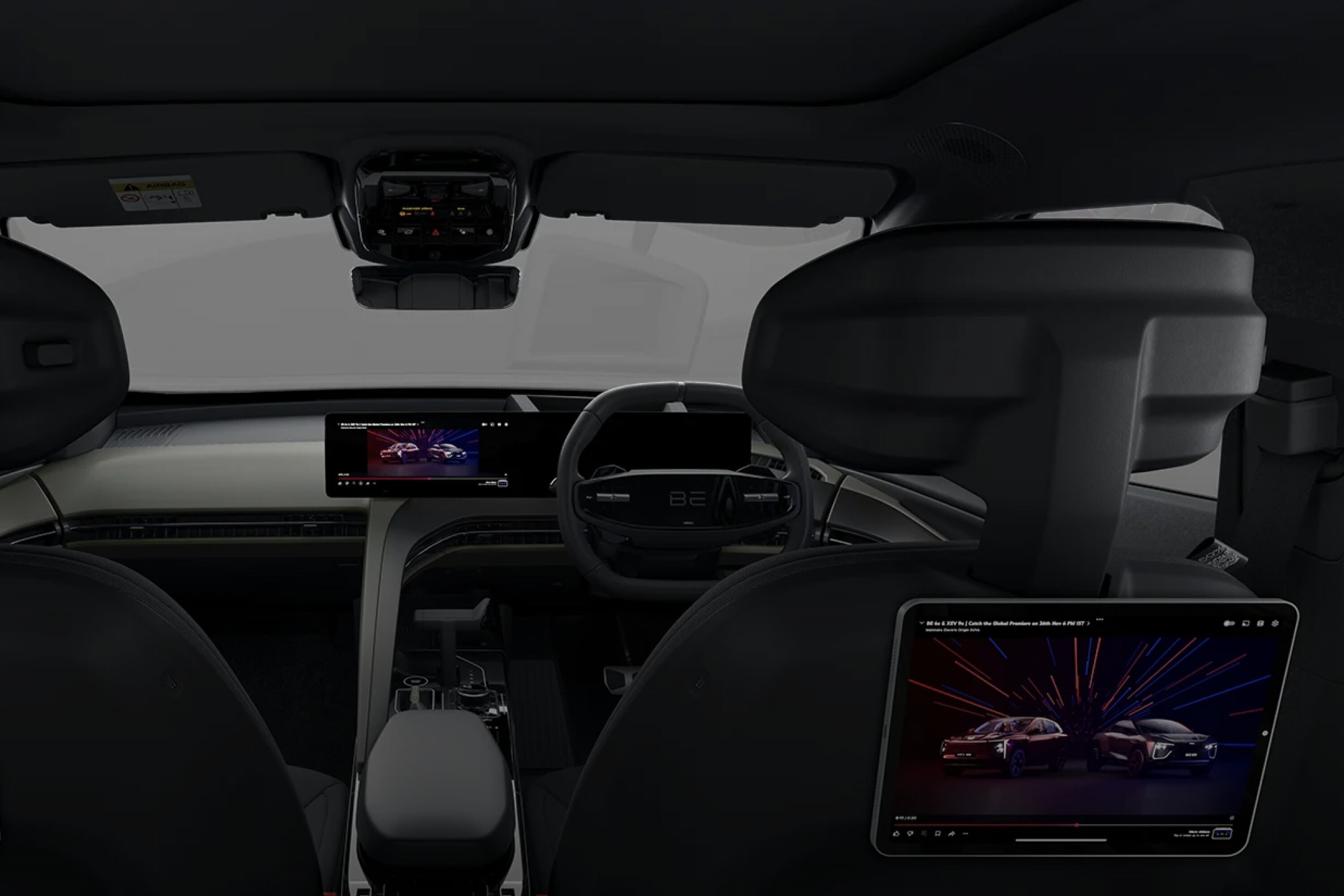
Autonomous driving
Both new Mahindra EVs are equipped with ‘Level 2+’ semi-autonomous driving capabilities, utilizing five radars and a vision camera.
They feature a surround-view camera system capable of recording the vehicle’s exterior surroundings, with footage accessible via a mobile app.
Additionally, twelve ultrasonic sensors enable autonomous parking functions.
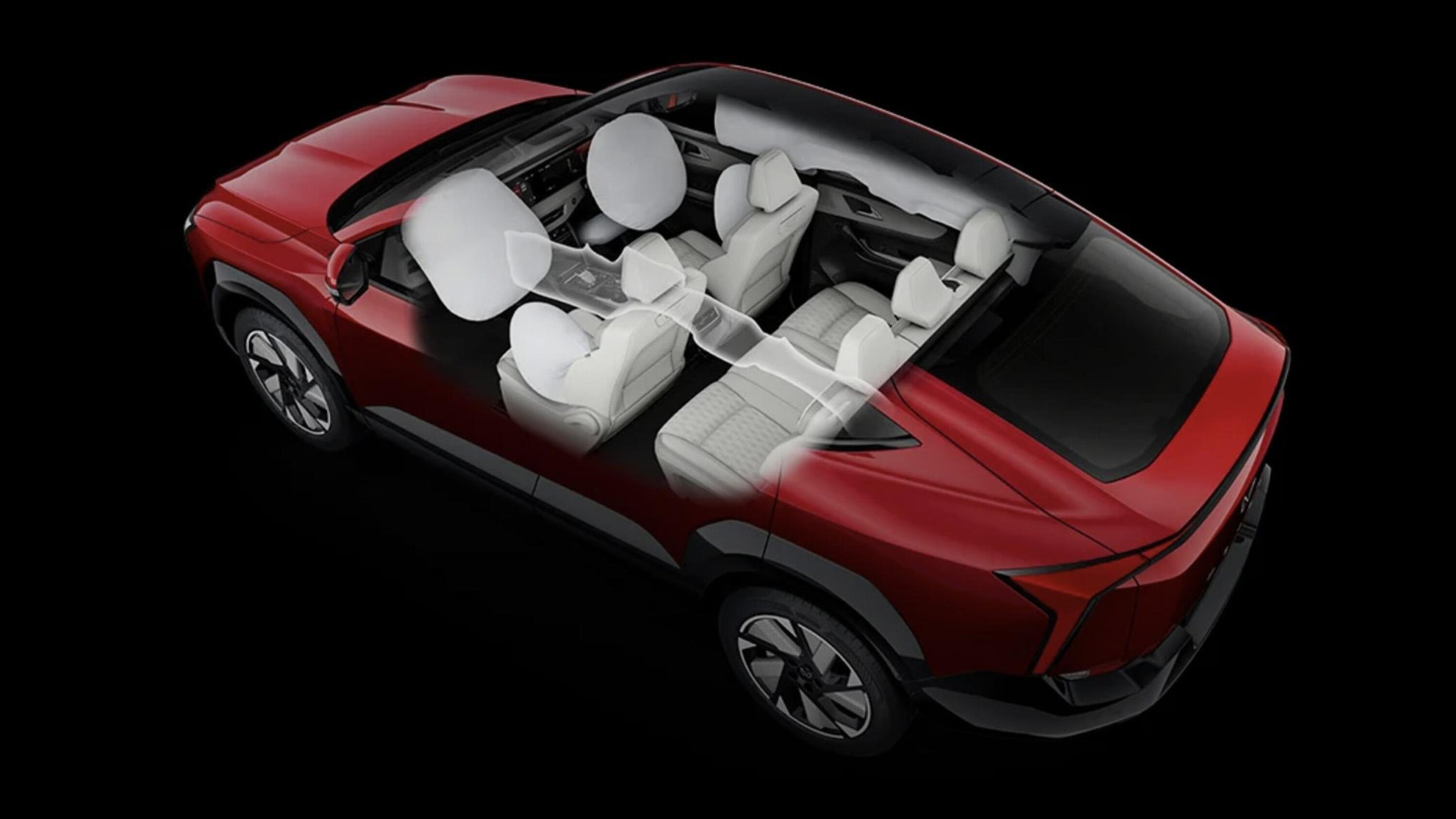
Will Mahindra’s new EVs come to Australia?
For now, that’s unclear.
The company has not yet offered word on local plans, but the local office is keen to see them here and has said it will provide updates as soon as they become available.
Deliveries to Indian customers are expected to begin in late February or early March 2025. The BE 6e is priced from approximately AUD $35,000, and the XEV 9e starts at around AUD $40,000.
Mahindra’s current line-up in Australia consists of the Scorpio and XUV700 SUVs, and the S11 4X4 PIKUP ute.
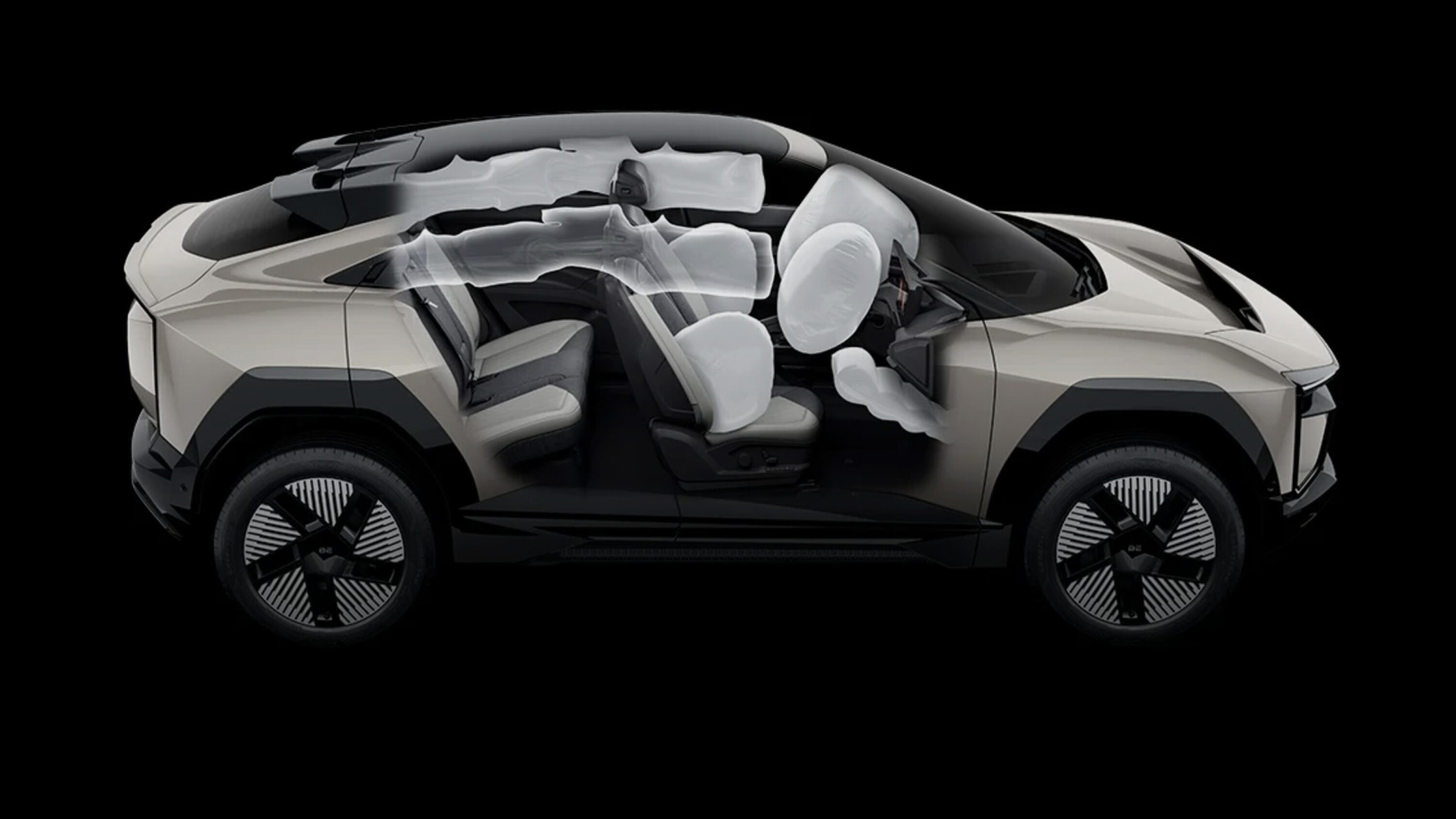
Mahindra XEV 9e and BE 6e: The Basics
Platform and Dimensions
- INGLO platform for EVs.
- Dimensions for both models: wheelbase (2775mm), width (1907mm), length, and height for XEV 9e (4789mm/1694mm) and BE 6e (4371mm/1627mm).
Powertrain and Performance
- Rear-mounted electric motor with power outputs (170kW and 210kW) and torque (380Nm).
- Battery sizes: 59kWh and 79kWh.
- Acceleration figures: BE 6e (6.7 seconds), XEV 9e (6.8 seconds).
Range and Charging
Driving range for both models: BE 6e (535–682km), XEV 9e (542–656km), based on India’s MIDC combined cycle.
Charging capacities: AC (up to 11kW) and DC fast charging (up to 175kW).
Chassis and Suspension
- Suspension system: MacPherson strut (front) and five-link independent (rear).
- Disc brakes on all wheels, brake-by-wire, and variable gear ratio electric power steering.
- Intelligent semi-active dampers.
Interior Features
- BE 6e: Two-spoke rectangular steering wheel, dual connected screens.
- XEV 9e: Three 12.3-inch displays forming a 43.3-inch widescreen.
- Shared features: 16-speaker Harman Kardon system and three interior themes (calm, cozy, club).
Autonomous Driving and Safety
- Level 2+ semi-autonomous driving with five radars and a vision camera.
- Surround-view camera system with recording capability accessible via a mobile app.
- Twelve ultrasonic sensors enabling autonomous parking.
Market Availability and Pricing
- Delivery timeline: Late February or early March 2025 (India).
- Pricing: BE 6e (~AUD $34,600), XEV 9e (~AUD $40,105).






